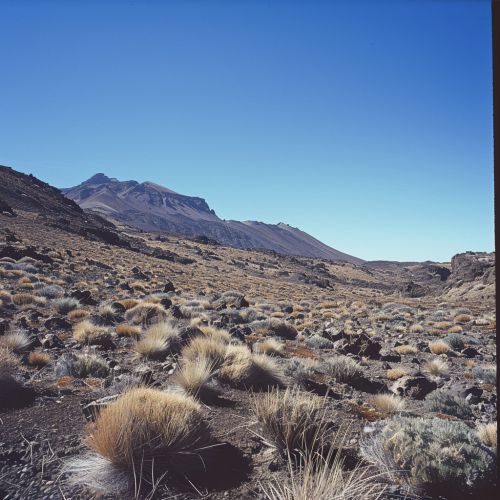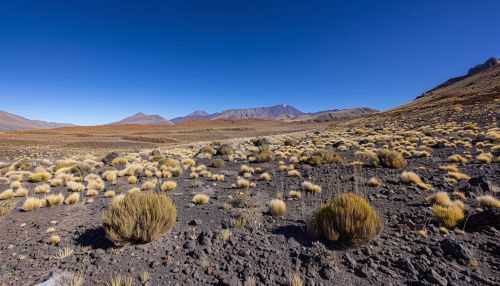Alpine tundra
Introduction
The Alpine tundra is a type of natural region or biome that does not contain trees due to its high altitude. This biome is characterized by harsh conditions, with cold temperatures, low atmospheric pressure, poor nutrient availability, and a short growing season. The term "alpine" is derived from the Alps, a mountain range in Europe where this biome is prevalent, but alpine tundra can be found worldwide in high-altitude regions above the tree line.


Characteristics
Alpine tundra is distinguished by its unique combination of climatic, topographic, and soil characteristics. The climate is typically cold, with average annual temperatures below freezing. The growing season, defined as the period when the temperature is above freezing, is typically less than three months. Precipitation, often in the form of snow, is relatively low but varies greatly from region to region.
The topography of alpine tundra is typically rugged, with steep slopes and a high degree of physical weathering. The soil is generally thin and poorly developed, with a high proportion of bare rock and scree. Despite these harsh conditions, a surprising variety of plants and animals have adapted to survive in this challenging environment.
Flora
The flora of the alpine tundra is characterized by low-growing, hardy plants that can withstand the harsh conditions. These include grasses, sedges, forbs, and dwarf shrubs, many of which are perennials. Some of the most common genera include Carex, Festuca, Poa, and Salix. These plants have developed a variety of adaptations to survive, such as growing close to the ground to avoid wind and having deep root systems to access nutrients in the rocky soil.
Fauna
The fauna of the alpine tundra is less diverse than the flora, but still includes a variety of species that have adapted to the harsh conditions. These include mammals such as the snow leopard, pika, and mountain goat, birds such as the snow finch and ptarmigan, and insects such as the alpine butterfly. These animals have developed adaptations such as thick fur or feathers for insulation, large lungs for breathing thin air, and specialized diets to make use of the limited food resources.
Human Impact
Humans have had a significant impact on the alpine tundra, primarily through activities such as mining, grazing, tourism, and climate change. These activities can lead to soil erosion, habitat destruction, and changes in the composition of the flora and fauna. Efforts are being made to mitigate these impacts and preserve the unique biodiversity of the alpine tundra.
Conservation
Conservation of the alpine tundra is crucial due to its unique biodiversity and the ecosystem services it provides, such as water filtration and carbon sequestration. Various strategies are being employed to conserve this biome, including the establishment of protected areas, restoration of degraded habitats, and research into the effects of climate change. Despite these efforts, the alpine tundra remains a threatened biome due to ongoing human activities and the impacts of climate change.
